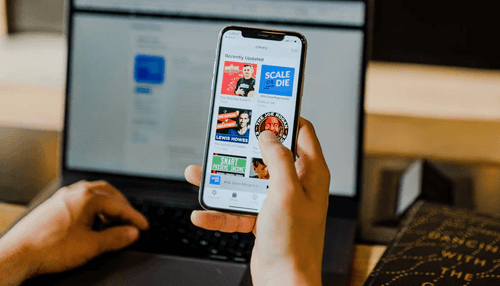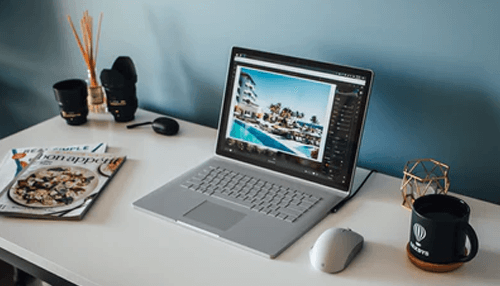Images for SEO are a huge part of blogging. From breaking up large blocks of text to keeping a reader’s attention to providing important context or visual demonstration that improves subject comprehension, many of the benefits of including images in posts are clear to even the most novice bloggers. However, what not everyone might be aware of is the importance of preparing the images you choose to include for search engine optimization (SEO).
What is Search Engine Optimization
While search engine optimization, most frequently referred to by its acronym “SEO,” is almost inextricably linked to blogging in the minds of experienced marketers, those just starting may have a more tenuous grasp on the concept. Put simply, SEO is the practice of improving the visibility of your site’s content by including signals that increase the likelihood of it appearing higher up in search results on Google, Bing, and other search engines. This is done via various factors like body copy keywords, HTML headings, link anchor text, and more. The optimization of images is one of the factors that is often overlooked, yet can lend a tremendous boost to your SEO success.
Optimize Your Image File
One of the reasons image optimization can go ignored in favor of other SEO tactics is that it’s not as straightforward as just “use better keywords.” To properly optimize them, you’ll need to pay close attention to a couple of different aspects of your images:
File Format
The first thing to pay attention to when uploading photos to your blog is the file format. While there are plenty of file formats out there that claim to be “for web,” not every one of them will be as effective as others. Your best bet for optimized images is to use either JPG, PNG, or GIF. Remember:
• JPGs do not allow for transparency and are best used for natural photography.
• PNG is a better bet for logos, graphics, or anything with transparency and sharper edges.
• GIFs are growing ever more common as a format to add visual interest to a page due to their animation, but they are a frequent culprit for slow loading and broken images.
Image Size
The size of your image is another important factor in SEO. It’s important to note that image size is a completely different factor than file size — a separate issue for later consideration. Images that are far larger than the space they’ll actually take up on your page should be resized to be a smaller scale but not so small that they will become pixelated when the page is zoomed in. Without resizing, these larger images can slow down your page loading times by a noticeable margin.
Compression Rate
Now the factor of file size does become important when they are too large to store or are slow to load. There are two types of file compression: lossy and lossless. With lossy compression, the image loses data to shrink the file size, resulting in a loss of image clarity and quality. Lossless compression keeps all of the data while reconstructing the image to a smaller file size, holding onto the original quality even upon zoom. If you have an image editing tool, there may actually be a “save for web” option, which reduces file size while prioritizing the image’s quality.
Optimizing the Words That Describe Your Image
Now that your image files have been optimized, it’s time to consider improving the words that the search engine bots will find when crawling your page.
File Names
You may think that because file names are not displayed alongside your images, they don’t actually matter. However, while readers may not be viewing the file names, search engines are. Before uploading your image to your page, it’s a good idea to optimize their file names to make sure they include important keywords that can help your page be properly indexed and rank highly in searches. Separate words in your file names with hyphens or underscores to help with legibility.
Image Text
If your blog includes image titles and allows them to deviate from the file name, you’ll want to use the target keywords there as well. But outside of that, there are plenty of opportunities to work keywords into the text associated with your image, including:
• Alt Tags: These are the text that appears when your image cannot load, helping users with visual impairments and search engines alike.
• Captions: Similarly, captions appear underneath photos, whether they load or not. Adding descriptive captions to your images is a great way to improve user experience and SEO at the same time.
Whether you use images to add interest throughout your website or just as a visual component of your blog posts, the above tips can help with your site’s SEO. By adding more opportunities to use relevant keywords and improving load speeds (improving time spent on your page), you can start optimizing your images today and watch your Google rankings soar.
Author Bio
https://zerogravitymarketing.com/
Chris Uzzo is a digital marketing expert with over 20 years of experience in the space. He started his career at a marketing agency, focusing on SEO and PPC, and founded Zero Gravity Marketing in 2012. His passion for digital marketing, commitment to 100% transparency, and drive to help clients succeed have led the agency to grow rapidly and to be recognized as an Inc5000 fastest-growing company in 2019 and 2020.





